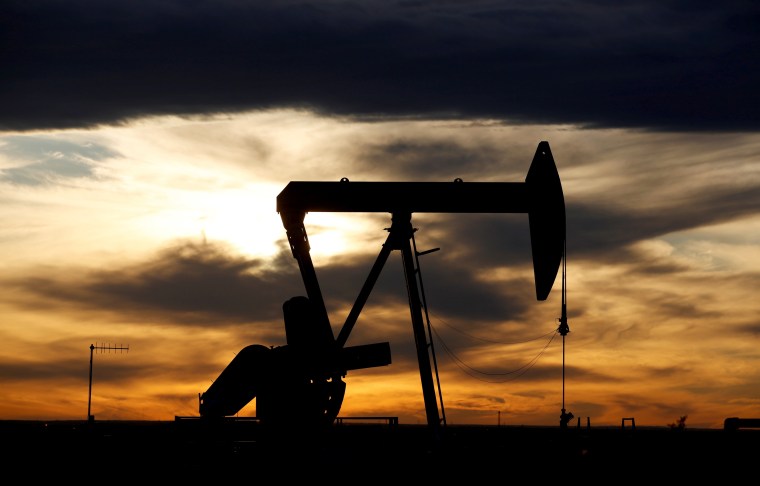The oil market is in free fall, with one benchmark price hovering around $20 a barrel, and the national average price of gas dipping below $2 a gallon — a 16-year low.
Daniel Yergin, vice chairman of IHS Markit, told CNBC on Monday that April could see an “unprecedented” drop in global demand of 20 million barrels a day. “We’re going to see a major decline in U.S. production,” he said.
This will do significant, and probably lasting, damage to the American oil industry, which has grown in recent years due to an increase in shale extraction, making the U.S. the world’s top oil producer.
“Crude oil prices under $30 a barrel aren't enough to sustain shale production in North Dakota and Texas,” said Andrew Lipow, president of Lipow Oil Associates. “We’re going to see an increase in consolidation and bankruptcies in the oil patch.”
The shale expansion has been largely financed by high-yield debt from private equity lenders that don’t have the patience for sustained losses. “They're not willing to invest additional funds in an industry that’s under such significant pressure,” Lipow said.
Combined with cutbacks in production capital expenditures by big multinational oil companies, the drop in U.S. oil output — roughly 13 million barrels a day at the beginning of the year — will likely knock it off its perch atop the list of oil-producing countries.
“Shale production is expected to decline by over a million barrels a day over the next 12 months, and it wouldn’t surprise me if the declines are ultimately more,” Lipow said. “Unlike Saudi Arabia, where the production level is dictated by the government, the U.S. is likely to see a more dramatic decline in its production, given the free market economics.”
As the coronavirus pandemic has increased in severity in the U.S., demand for fuel has dropped precipitously. “I estimate that gasoline demand in the US is now off 35 percent and jet fuel demand is off at least 50 percent,” Lipow said.
This would ordinarily be good news for drivers, but with the country under public health warnings to avoid unnecessary travel and work from home if possible, this is a silver lining few will be able to appreciate. According to GasBuddy, the average nationwide price of a gallon of regular gasoline fell to $1.99 on Friday, and could fall as low as $1.49 by mid-April.
GasBuddy flagged five states where prices have dipped below $1 a gallon: Kentucky, Missouri, Oklahoma, Tennessee and Wisconsin.
“I think, ultimately, we may see several hundred or so stations in the country at or below $1 a gallon based on current fundamentals, primarily in the Great Lakes or in low tax states in the South,” said Patrick DeHaan, GasBuddy’s head of petroleum analysis.
The sharp, swift plunge in prices prompted President Donald Trump to say in a Monday interview on Fox Business that he would call Russian leader Vladimir Putin to discuss plummeting oil prices.
Analysts say that even if Russia and OPEC members, including de facto leader Saudi Arabia, were to agree at the next meeting of the cartel scheduled for June to reinstate production cuts, the damage has already been done.
“The oil price war is made irrelevant by the large decline in demand and has made a coordinated supply response impossible to achieve in time,” Goldman Sachs analysts said in a research note.
“Over time, oil prices will begin their long road to recovery, and that's going to take six to nine months, given the significant oversupply we're seeing right now. I don't believe we’re going to get back to $60 oil for some time,” Lipow said. “It could be several years.”
